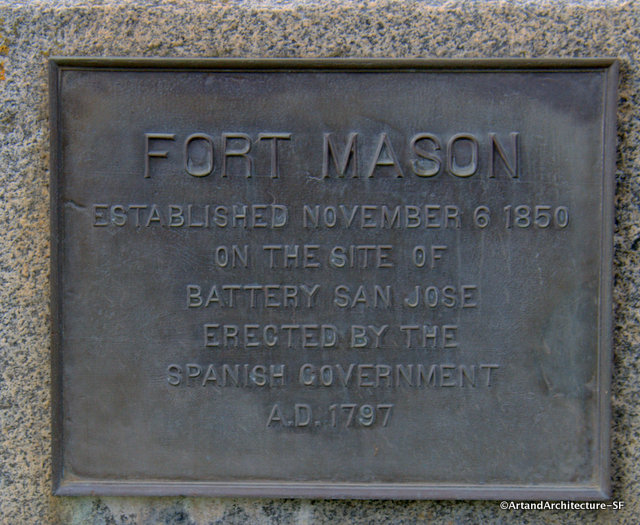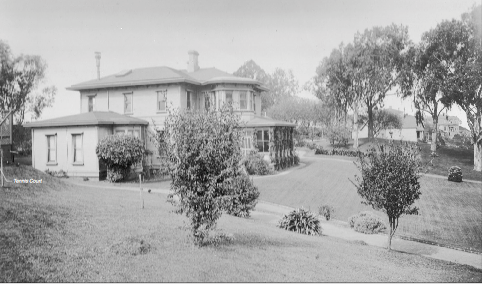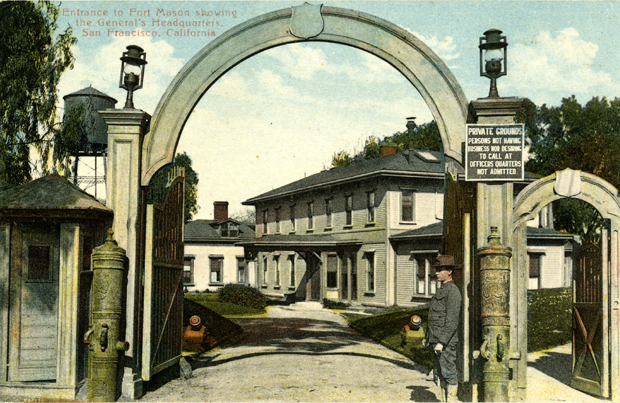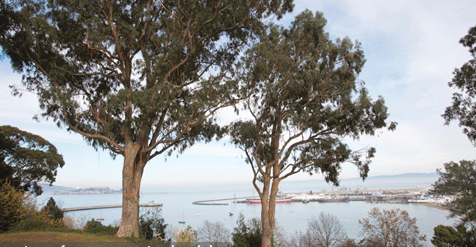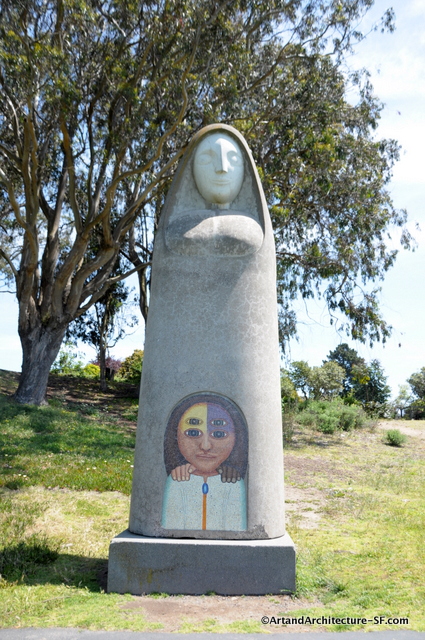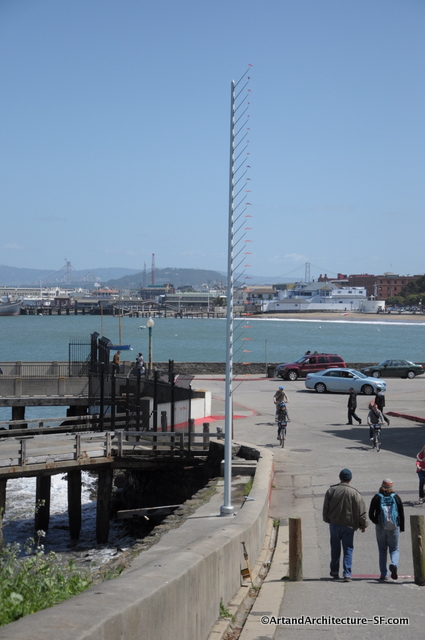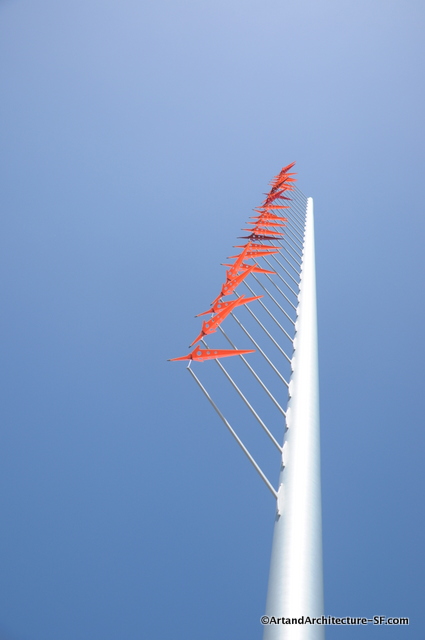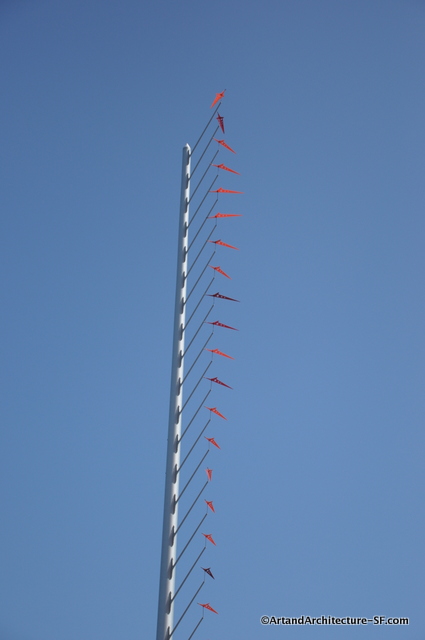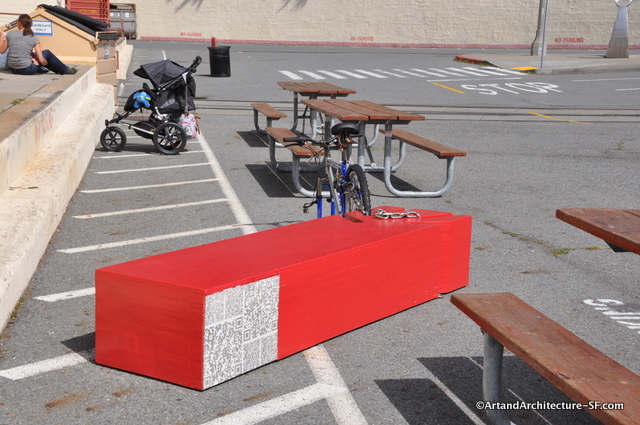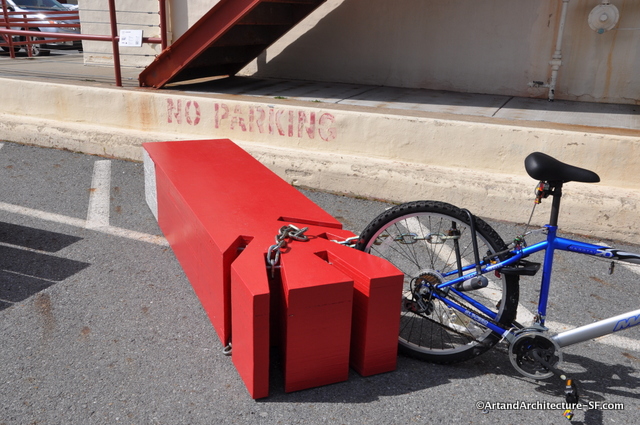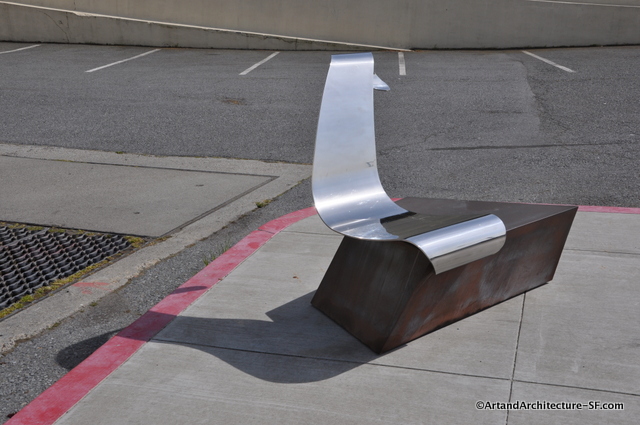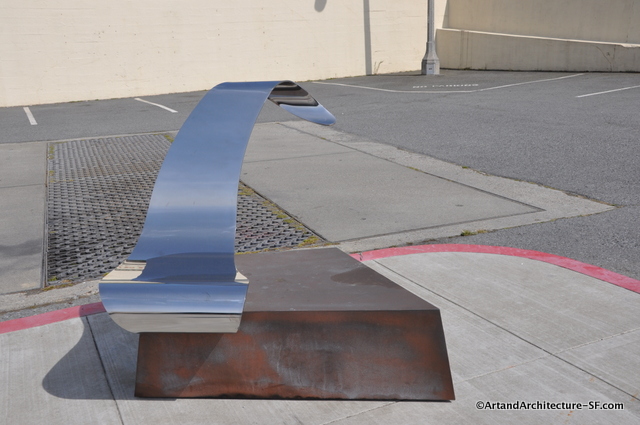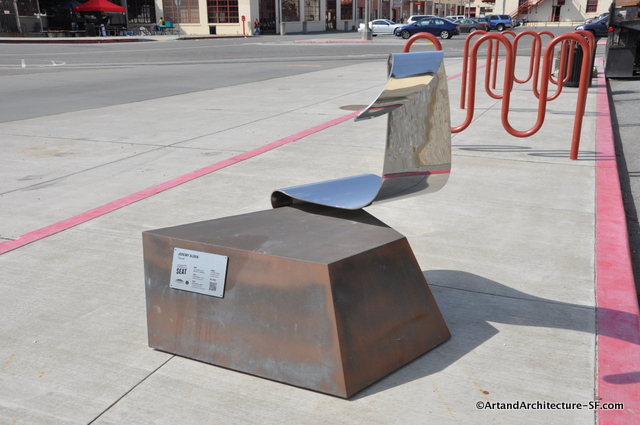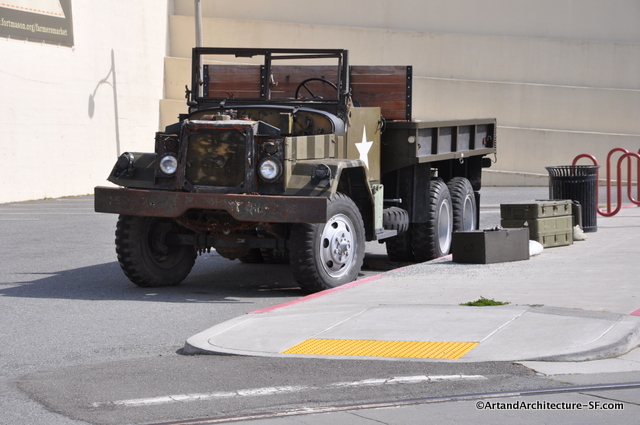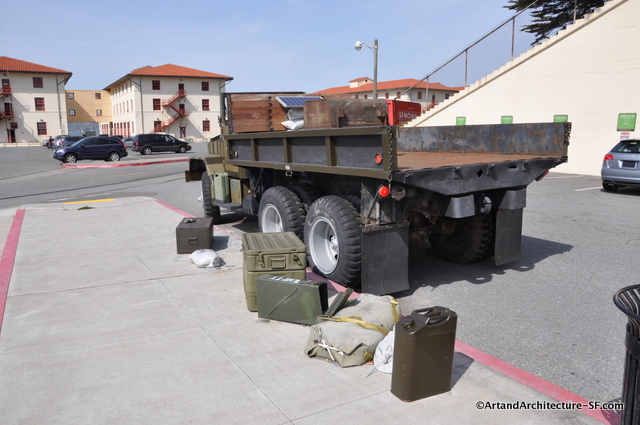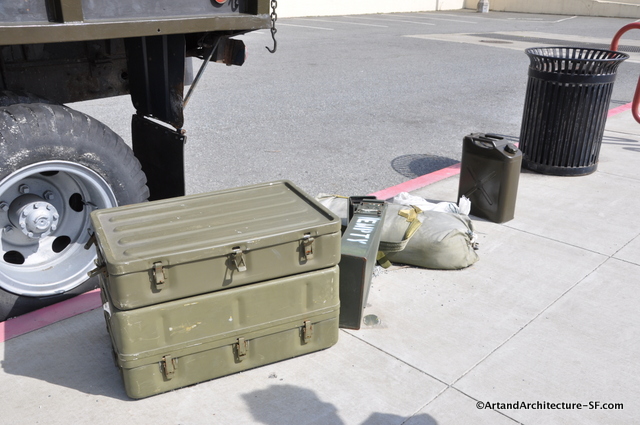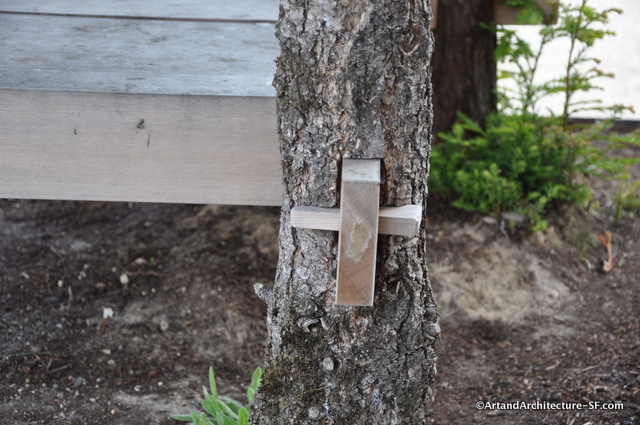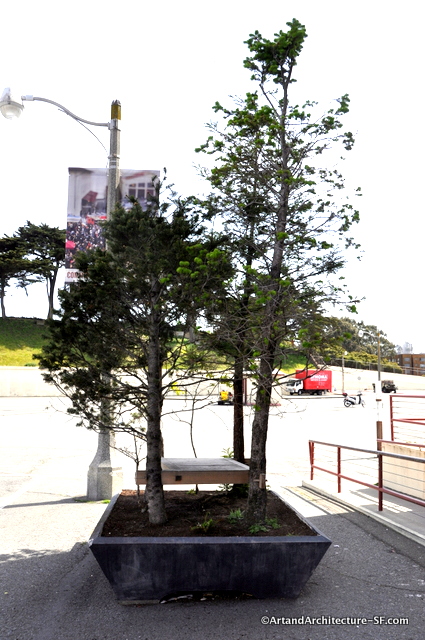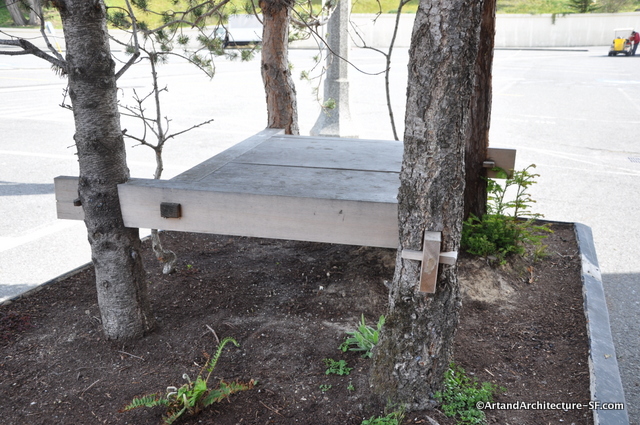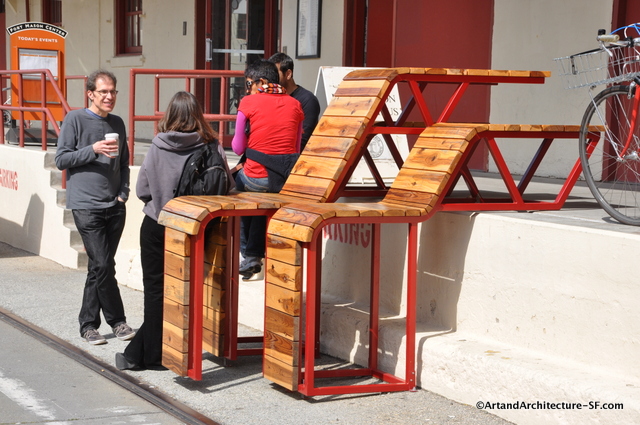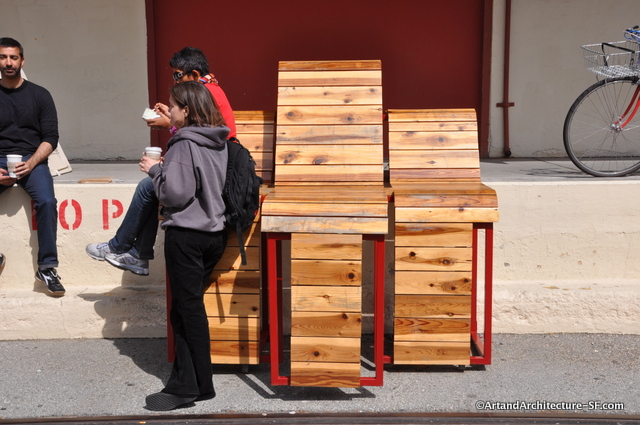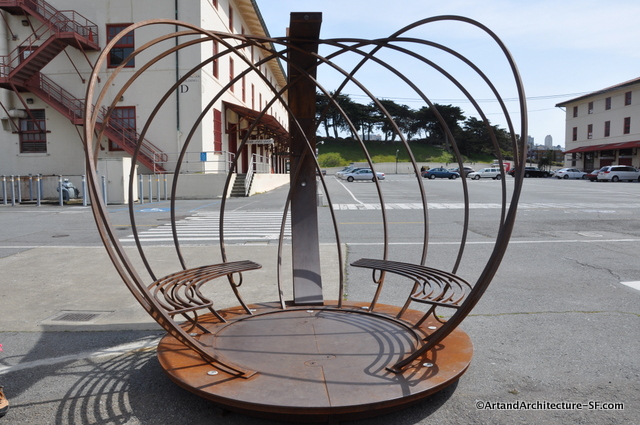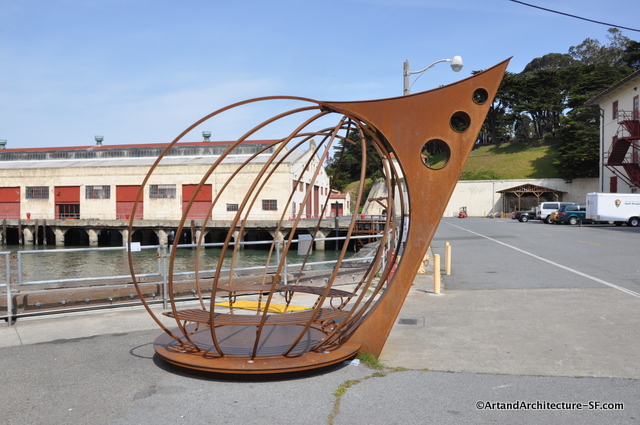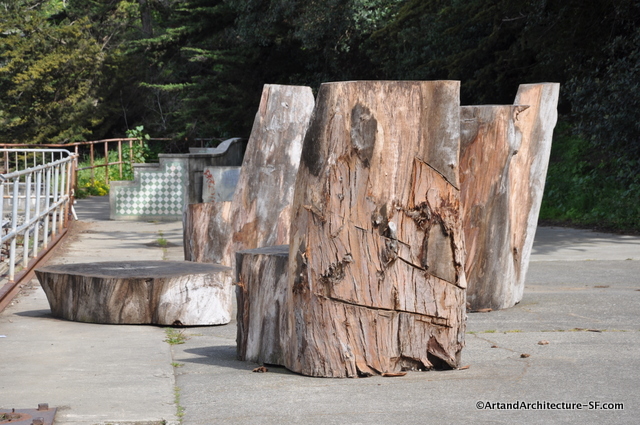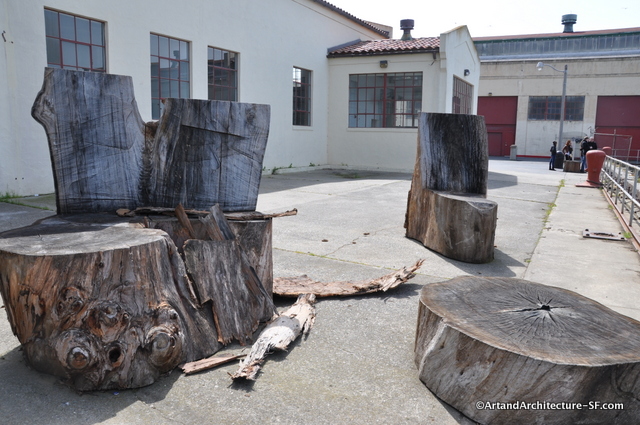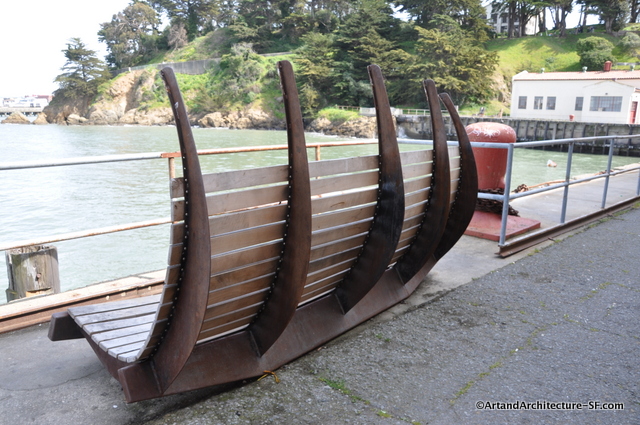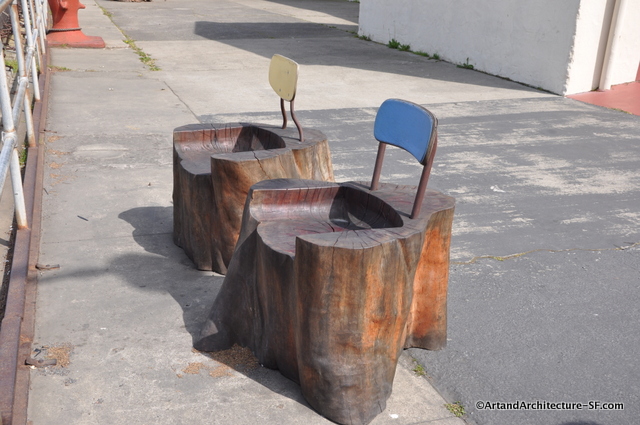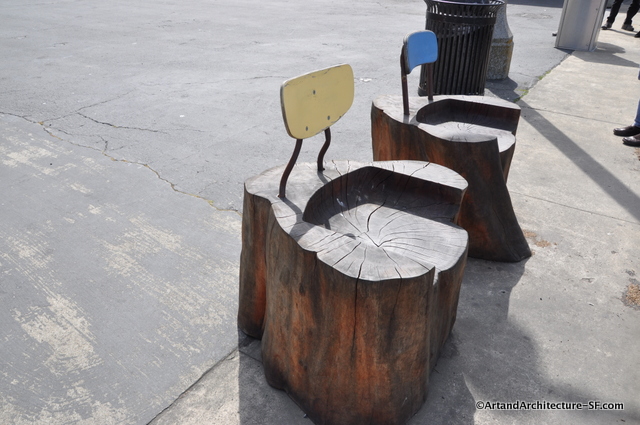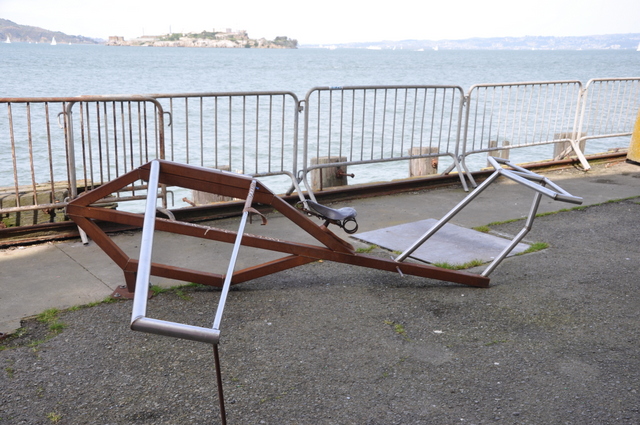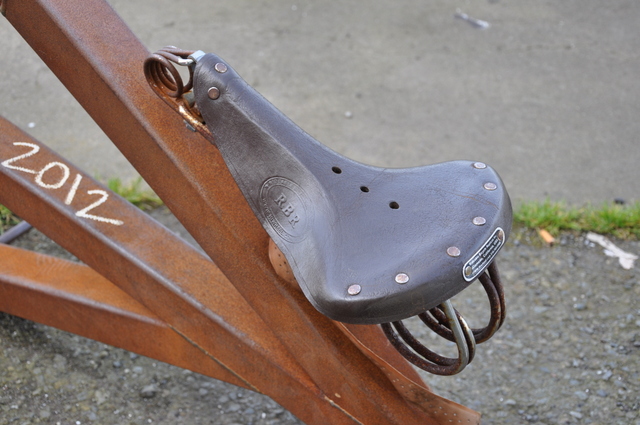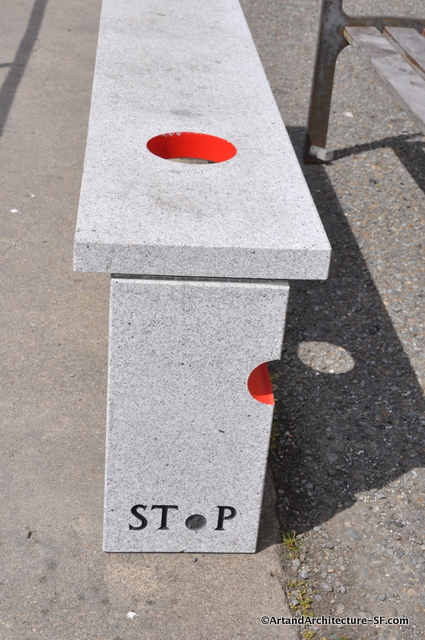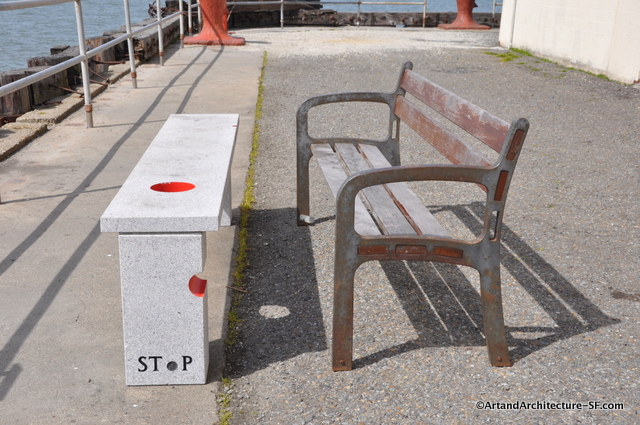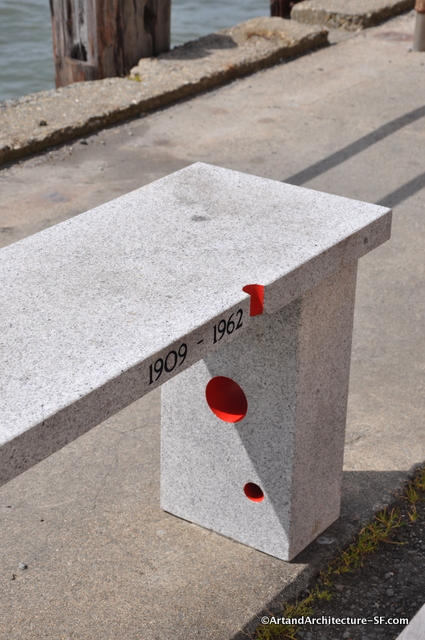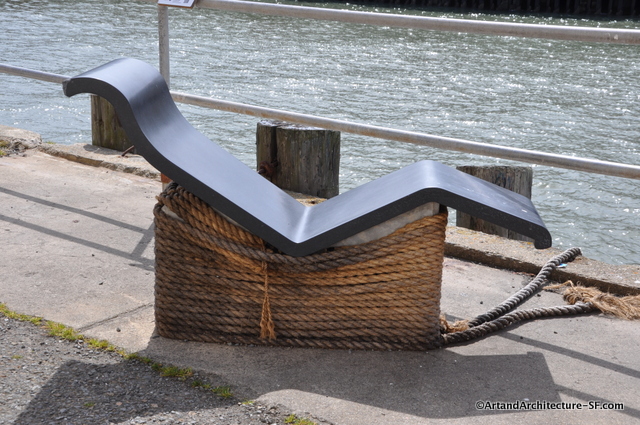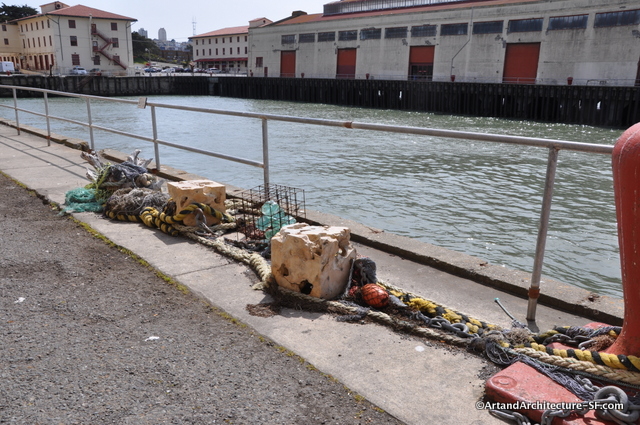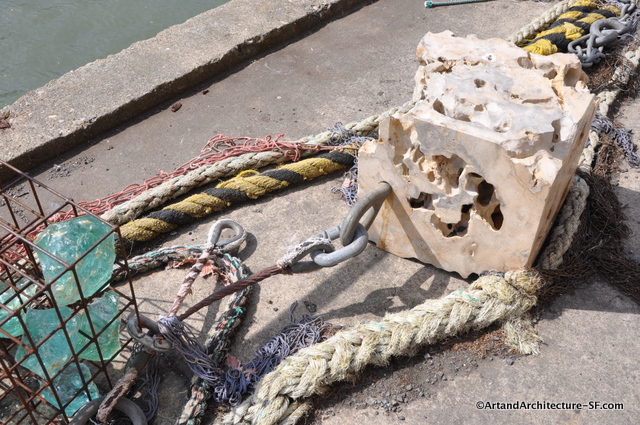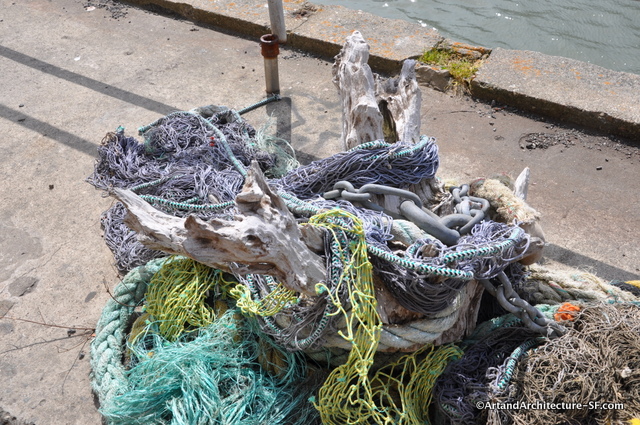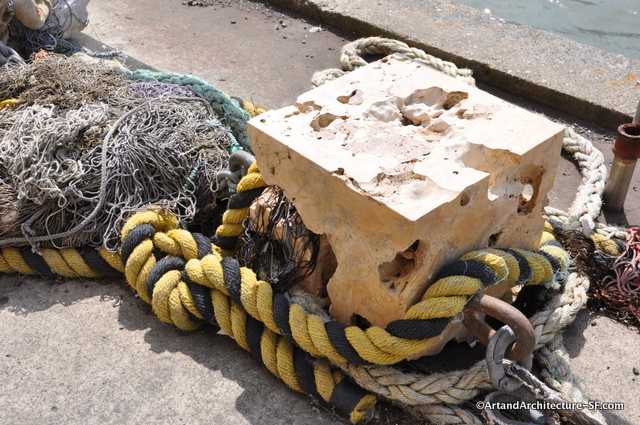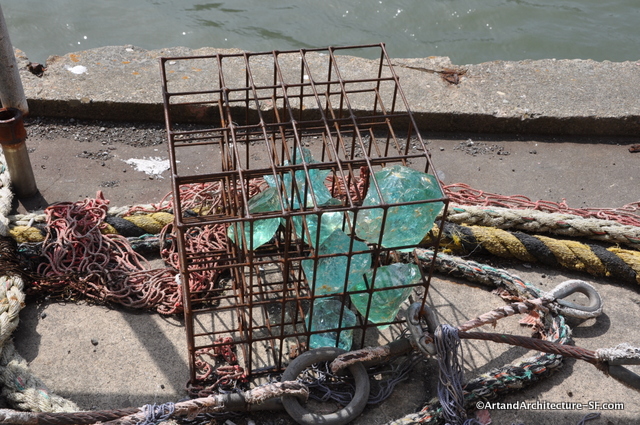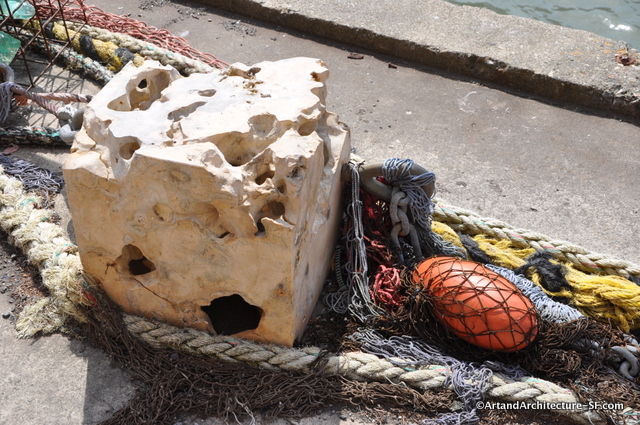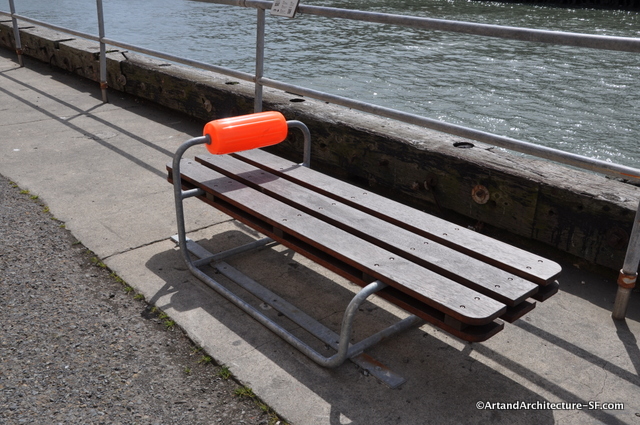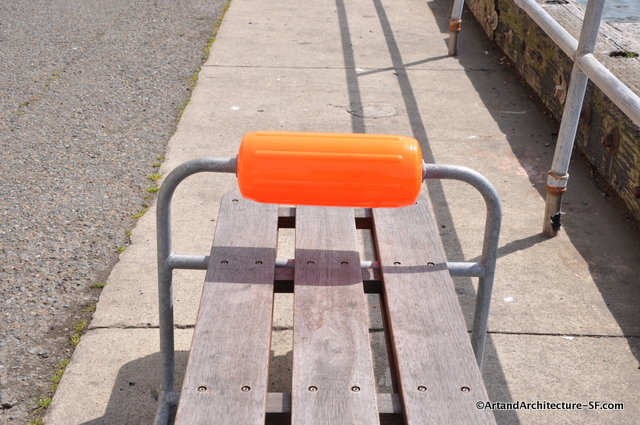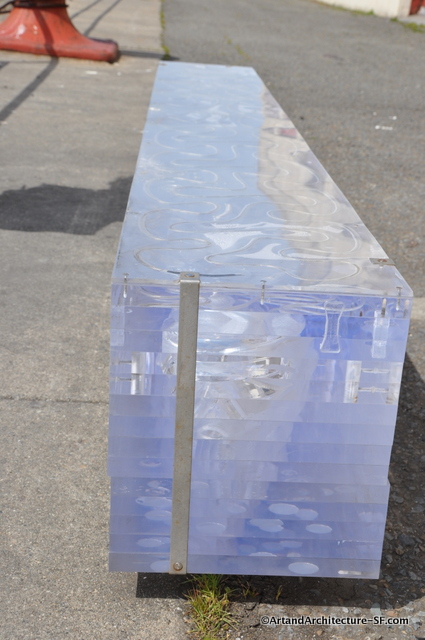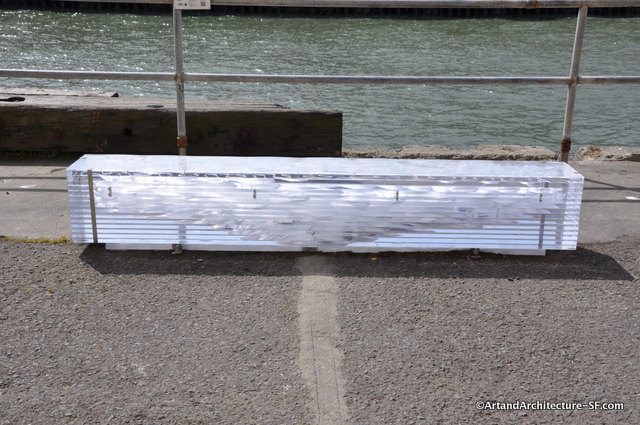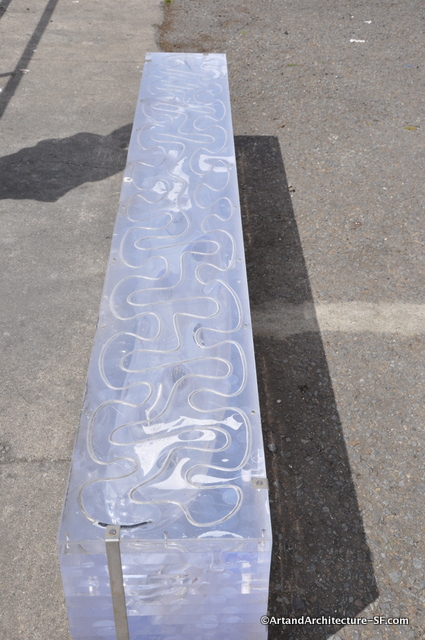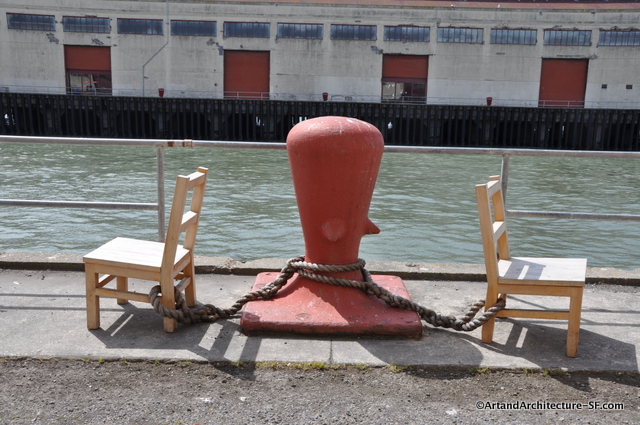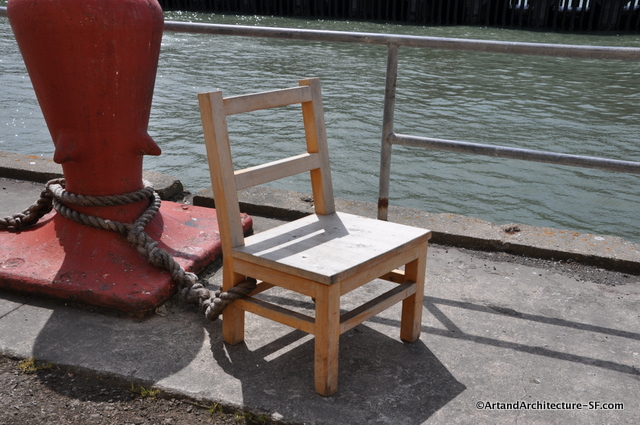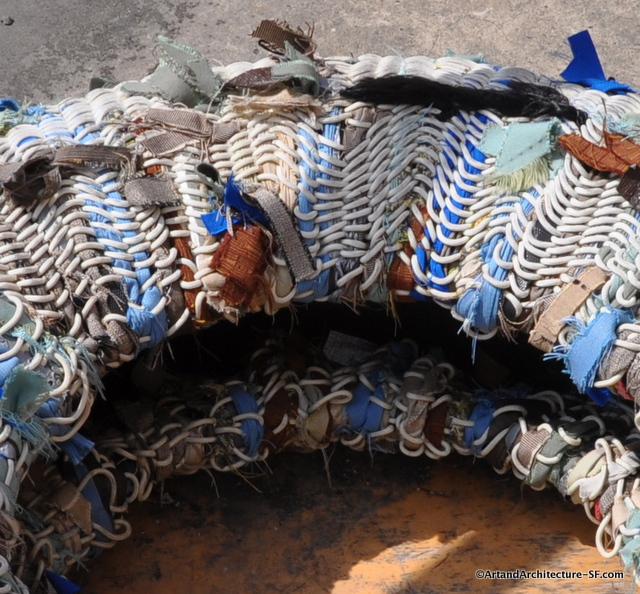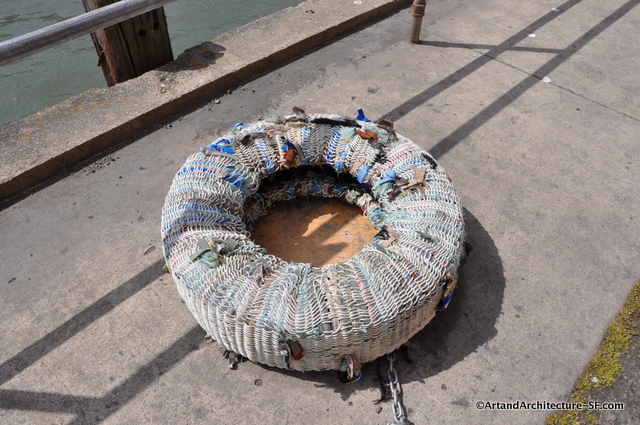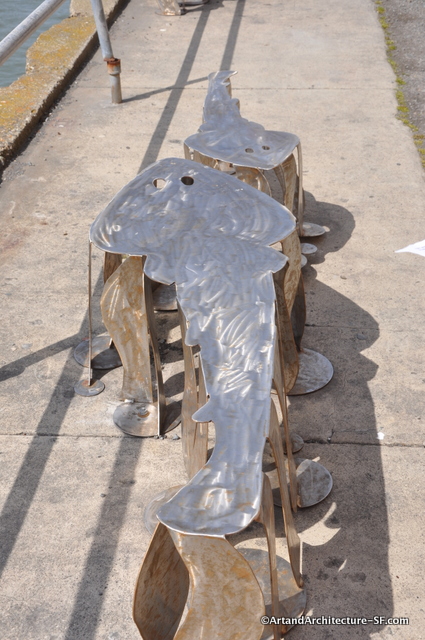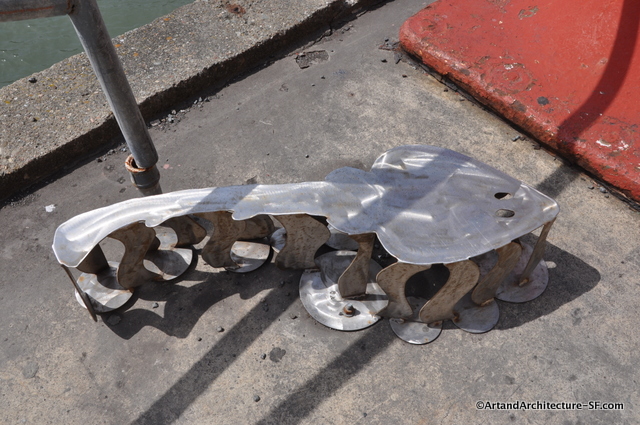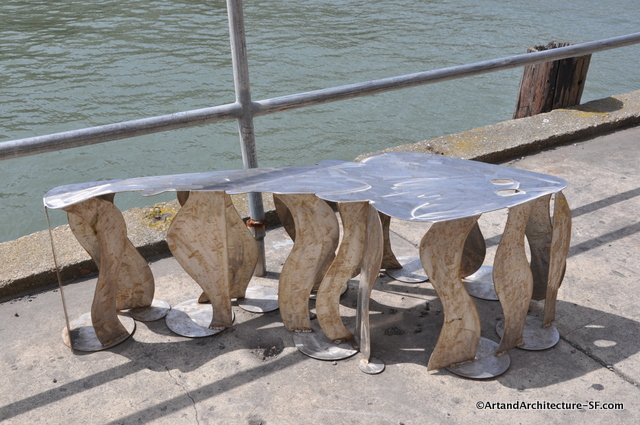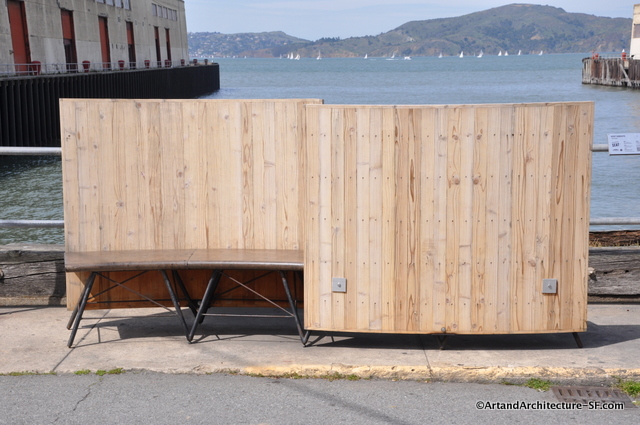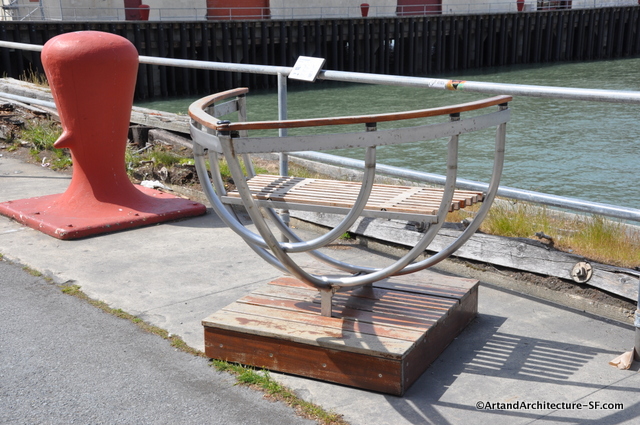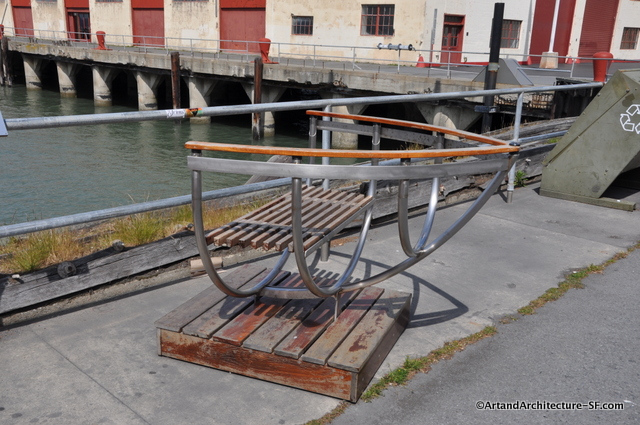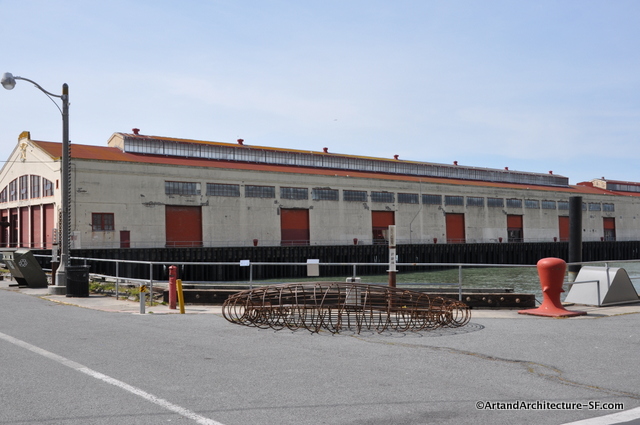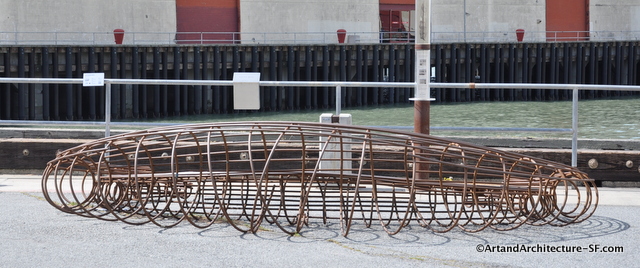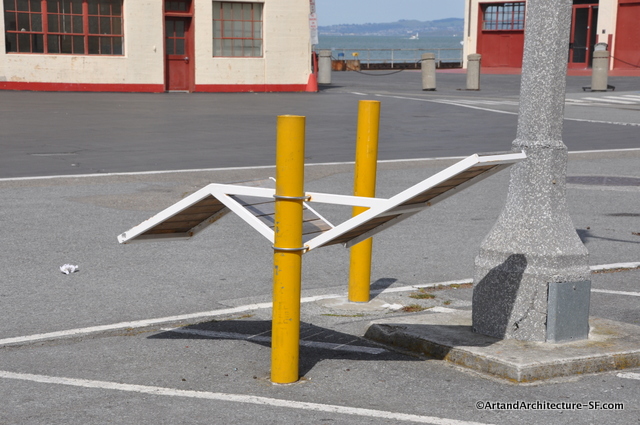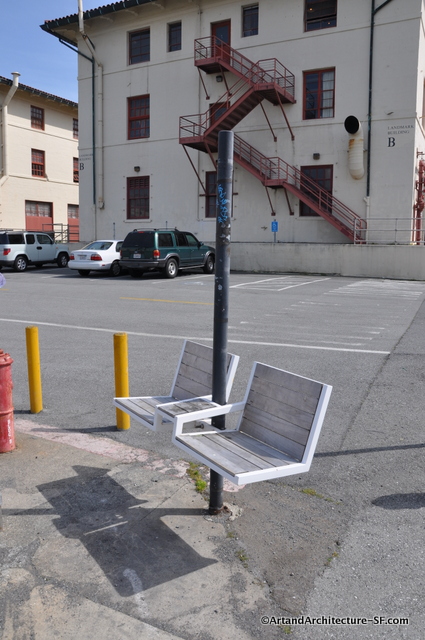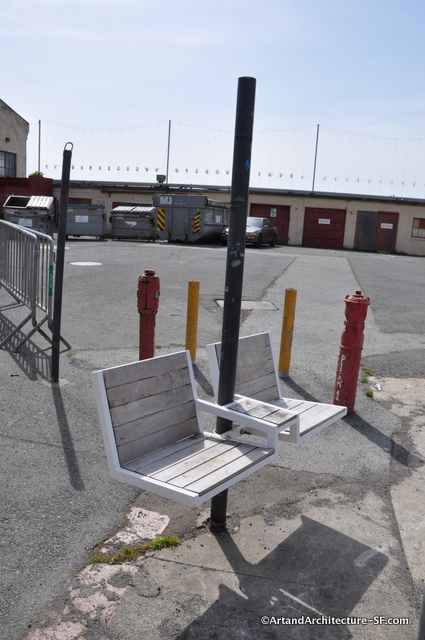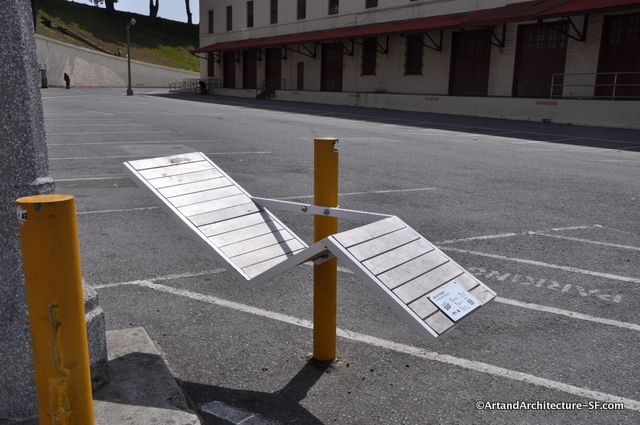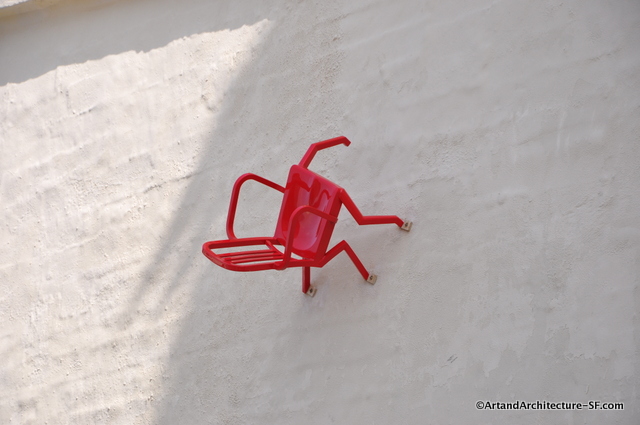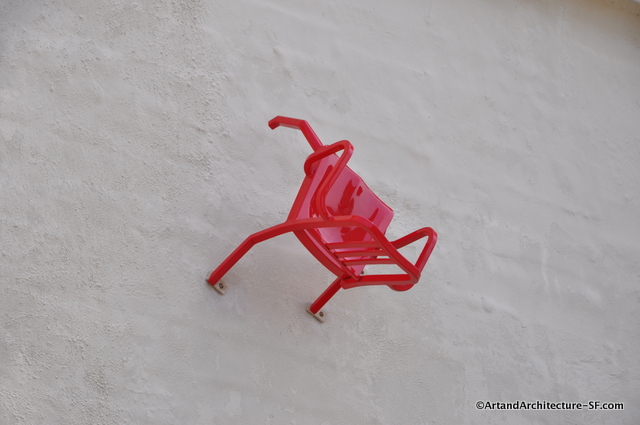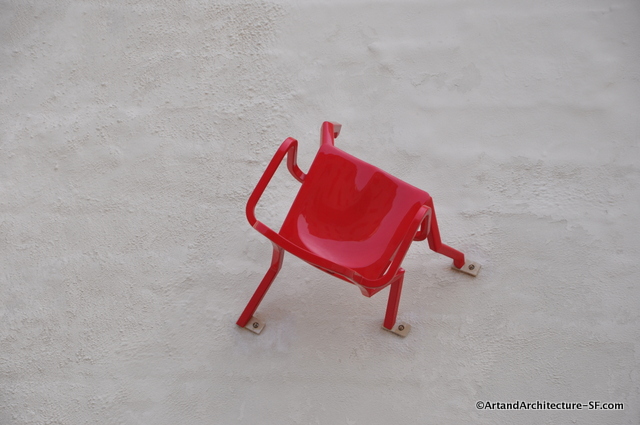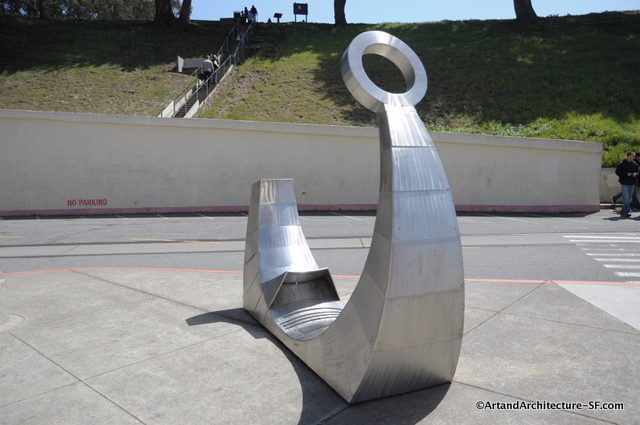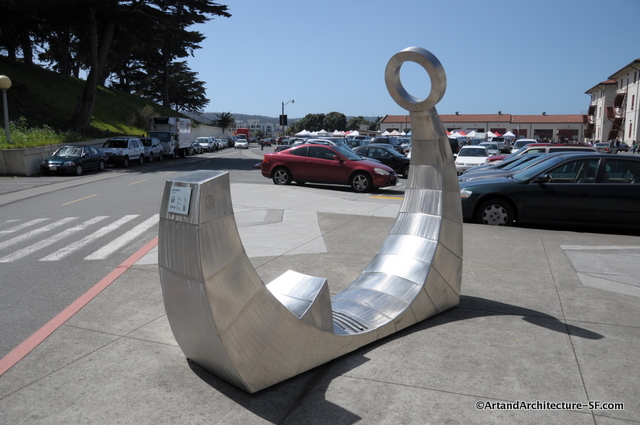McDowell Hall
Franklin Street
Fort Mason
Marina District
Fort Mason was originally called Fort Point San Jose
According to a 2005 Historic American Buildings Survey Quarters 1 was built in 1877. General Irvin McDowell secured $9,998.74 from Congress to construct Quarters 1. This building was not named McDowell Hall until July 1958, in honor of the General.
From the Report:
“The original building plans have not yet been found. Quarters 1 was originally built for General Irvin McDowell, the commander of the Military Division of the Pacific, who was stationed at Fort Mason. Prior to 1877, the building site was home to the Brooks- Grisar house, a privately-owned building constructed in 1855. In the course of constructing the general’s residence, the old Brooks-Grisar house was moved from its former location and relocated approximately 250 feet to the north. During the construction of Quarters 1, the Brooks- Grisar kitchen and servant’s wing were retained on site, moved slightly and set on new foundations to serve the same function for the new house. ”
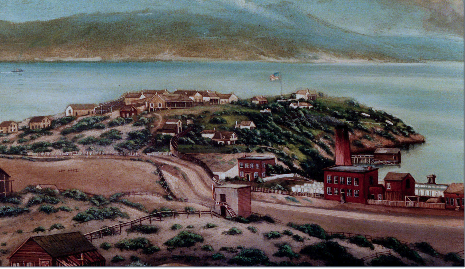 This oil painting, which once hung inside McDowell Hall when it was an Officers Club documents landscape characteristics of 1868 when Point San Jose (Now Fort Mason) remained an isolated outpost.
This oil painting, which once hung inside McDowell Hall when it was an Officers Club documents landscape characteristics of 1868 when Point San Jose (Now Fort Mason) remained an isolated outpost.
 Quarters 1 Circa 1885-Library of Congress
Quarters 1 Circa 1885-Library of Congress
“The original architect is not known. The building was probably built from standard army quartermaster building plans. The United States Army contracted the construction of this building.
The building was owned by the United States Army from 1877 to 1972, when the property of Fort Mason was transferred to the Golden Gate National Recreation Area, National Park Service.
The original builders and contractors for this building are unknown. It is presumed that the original and all subsequent contractors were hired through the army’s quartermaster office. Almost immediately after the building was constructed, the army began modifications and upgrades to the building. Over the years, there were several different contractors hired for the work, although their information has not been found.
Quarters 1 played a significant role during the great San Francisco earthquake and fire of 1906. The Commanding General’s house experienced little damage from the earthquake and the building was quickly pressed into service as the army’s emergency headquarters for firefighting and relief activities in the aftermath of the disaster. The divisional commander, General Adolfus Greeley, was not in San Francisco at the time of the earthquake so his second in command, Colonel Frederick Funston, assumed command until the general’s return. It was Funston who realized that the army’s Divisional Headquarters, located in downtown San Francisco, had been grievously damaged during the earthquake and would probably not survive the expanding fires. Reacting quickly, Funston established Quarters 1 as the emergency command post and coordinated the critical martial and civil law enforcement from the building. While much of the city’s down town was on-fire, Fort Mason was quickly designated as San Francisco’s temporary City Hall and emergency command center. Fort Mason was also home to the essential earthquake relief camps, where the soldiers provided food, water and temporary shelter to hundreds of homeless citizens. ”
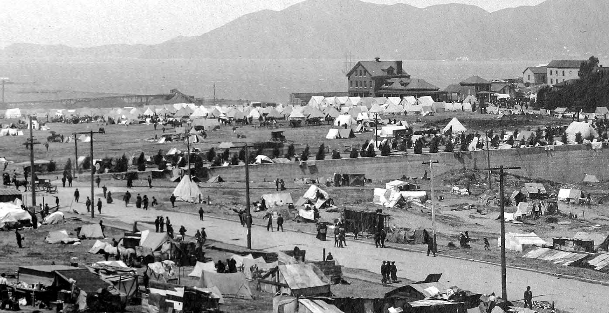 Fort Mason’s earthquake relief encampment. Photo courtesy of the San Francisco Public Library; photo circa 1909
Fort Mason’s earthquake relief encampment. Photo courtesy of the San Francisco Public Library; photo circa 1909
Midway through World War II Quarters 1 was turned into an Officers Club it remained so until 2002 when the building was turned over to the GGNRA
The following two photos are from the Fort Mason website, as the house is now available to rent for private parties.
Sadly the renovation looks as though it was done by the government, the rest of the interior is not worth any further photographs, but the views are rather fabulous.
